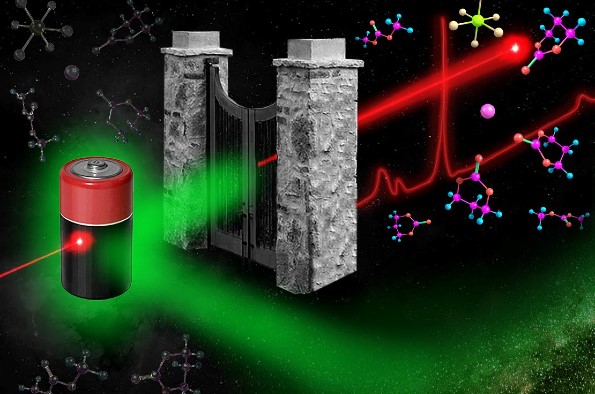
Science in the Snug: Do Android Phones Dream of Electric Cars - What Next for the Humble Battery?
- Sara Majeed
- Admission: FREE
- Book now
Add this event to my calendar
Click on "Create a calendar file" and your browser will download a .ics file for this event.
Microsoft Outlook: Download the file, double-click it to open it in Outlook, then click on "Save & Close" to save it to your calendar. If that doesn't work go into Outlook, click on the File tab, then on Open & Export, then Open Calendar. Select your .ics file then click on "Save & Close".
Google Calendar: download the file, then go into your calendar. On the left where it says "Other calendars" click on the arrow icon and then click on Import calendar. Click on Browse and select the .ics file, then click on Import.
Apple Calendar: The file may open automatically with an option to save it to your calendar. If not, download the file, then you can either drag it to Calendar or import the file by going to File >Import > Import and choosing the .ics file.
On paper metal-air batteries (such as lithium-air) offer chemists a tantalising vision of a battery system that will not only surpass the energy storage of state-of-the-art lithium-ion, but dramatically exceed it by a factor of three to five. Extrapolation of the possible practical energy storage of lithium-air technology could result in an affordable electric vehicle being able to travel over 300 miles without recharge. A worthy goal indeed, if we are to encourage significant percentages of the population to part from their fossil fuelled vehicles. However pleasant it is to dream, we have to eventually wake up to reality in order to address the (long) list of research challenges that need to be overcome.
This lecture will begin by discussing the present state of play of lithium-ion batteries and then move onto introducing metal-air batteries and how some of the challenges to bring this technology into reality are being met by ongoing activity within a research group led by Professor Hardwick.
